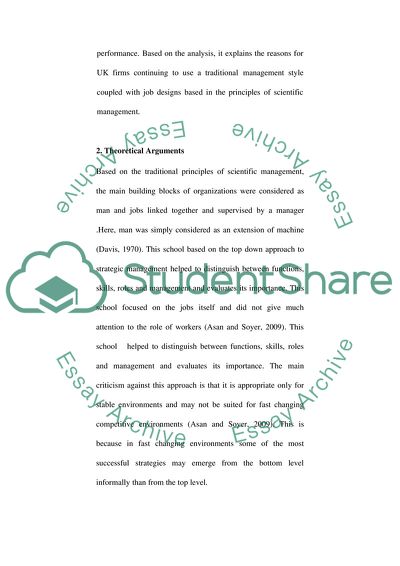Cite this document
(“High Commitment Work Practices Essay Example | Topics and Well Written Essays - 2750 words”, n.d.)
High Commitment Work Practices Essay Example | Topics and Well Written Essays - 2750 words. Retrieved from https://studentshare.org/social-science/1571991-analyse-the-evidence-linking-high-commitment-work-practices-with-organisational-performance-more-title-please-see-below
High Commitment Work Practices Essay Example | Topics and Well Written Essays - 2750 words. Retrieved from https://studentshare.org/social-science/1571991-analyse-the-evidence-linking-high-commitment-work-practices-with-organisational-performance-more-title-please-see-below
(High Commitment Work Practices Essay Example | Topics and Well Written Essays - 2750 Words)
High Commitment Work Practices Essay Example | Topics and Well Written Essays - 2750 Words. https://studentshare.org/social-science/1571991-analyse-the-evidence-linking-high-commitment-work-practices-with-organisational-performance-more-title-please-see-below.
High Commitment Work Practices Essay Example | Topics and Well Written Essays - 2750 Words. https://studentshare.org/social-science/1571991-analyse-the-evidence-linking-high-commitment-work-practices-with-organisational-performance-more-title-please-see-below.
“High Commitment Work Practices Essay Example | Topics and Well Written Essays - 2750 Words”, n.d. https://studentshare.org/social-science/1571991-analyse-the-evidence-linking-high-commitment-work-practices-with-organisational-performance-more-title-please-see-below.


